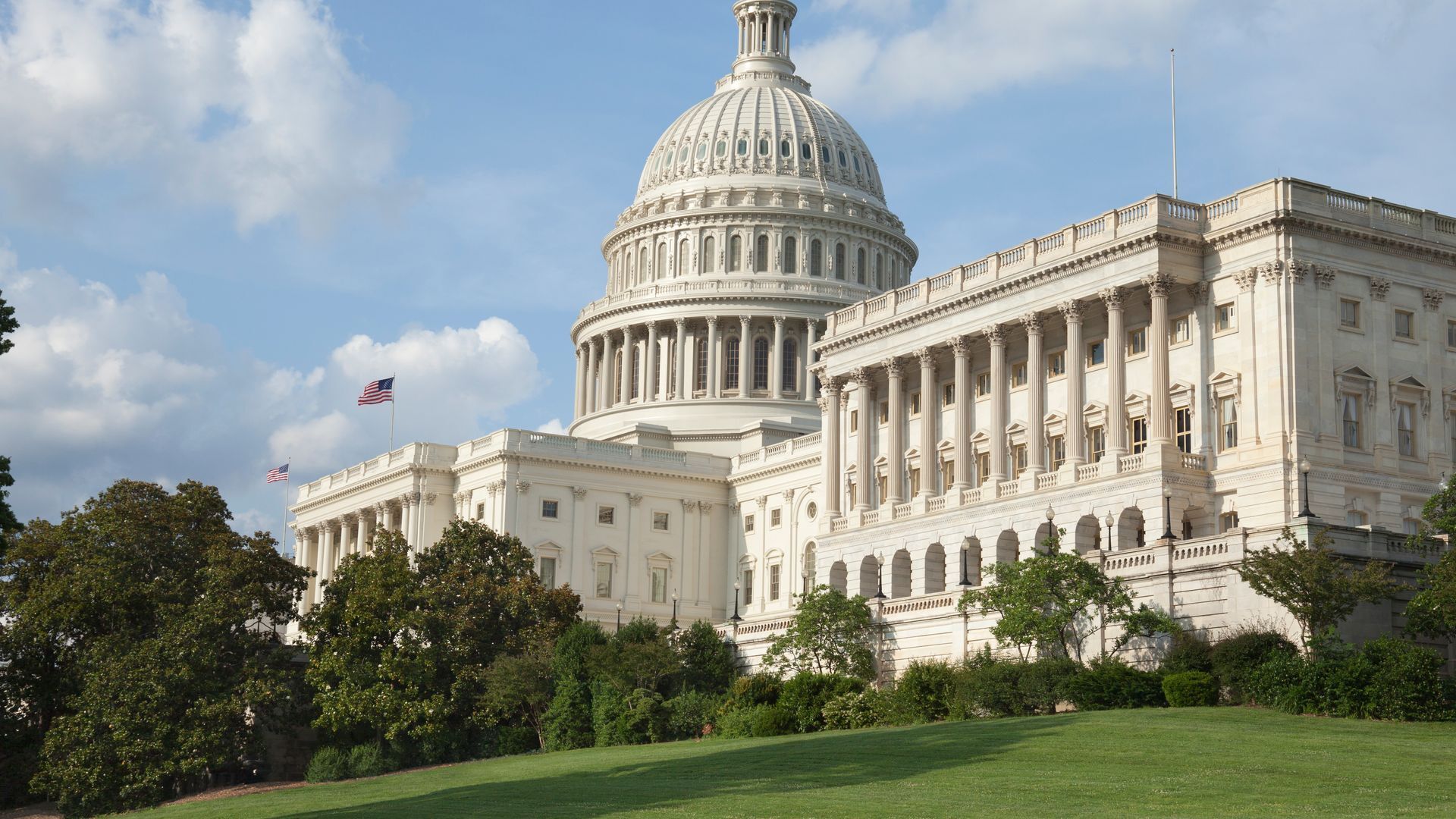
[RAY BOGAN]
September 30 is a very important day in Washington DC for two reasons: it’s when Congress is set to leave for the entire month of October so lawmakers can campaign, it’s also the deadline to approve government funding. The new federal fiscal year begins October 1 so the government will shut down if they don’t pass a spending bill by then. They’ve got three weeks to make this happen and they’re not off to a great start.
Speaker Johnson wants the House to vote on a continuing resolution that would fund the government until March 28. That kicks the can down the road for six months – after a new congress and president are sworn in.
The vote is scheduled for Wednesday but it appears dead on arrival.
House Democratic Leader Hakeem Jeffries called the proposal extreme and unacceptable.
He wrote in a letter to his colleagues –
“Last spring, Congress overwhelmingly passed the Bipartisan Fiscal Responsibility Act, reached negotiated funding levels for fiscal years 2024 and 2025 and agreed not to include partisan policy changes in any appropriations legislation.”
“Despite the existence of a previously agreed upon spending framework, extreme MAGA Republicans have decided to abandon their commitment to the American people in order to enact Trump’s Project 2025 agenda.”
Senate Democrats also oppose Johnson’s bill – and they control that chamber.
Defense Secretary Lloyd Austin described the negative impacts of a continuing resolution on the military. He wrote in a letter – “A six-month CR would set us significantly behind in meeting our pacing challenge highlighted in our National Defense Strategy – the People’s Republic of China (PRC). The PRC is the only global competitor with both the intent and capability to change the international order. The PRC does not operate under CRs.”
Democrats want a three month spending bill, that deals with measures including the upcoming debt ceiling deadline on January 1.
So what does Johnson’s proposal do?
It funds the government mostly at current levels through March.
It provides an extra $12 billion for the VA and $2 billion for building Virginia Class submarines
It also includes a provision that would require proof of citizenship to register to vote.
Because Democrats and Republicans are so far apart on how to fund the government – if past is prologue, Congress will likely approve a clean CR, that keeps everything exactly as it is now, at the last minute. I’m Ray Bogan for Straight Arrow News, for more reporting on Congress, download the Straight Arrow News app and turn on notifications.











